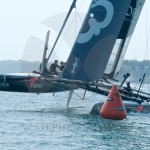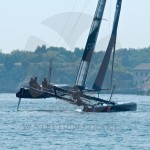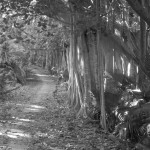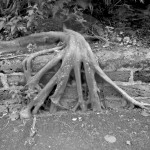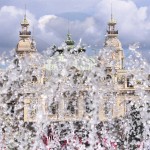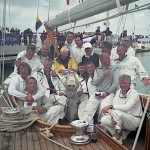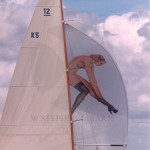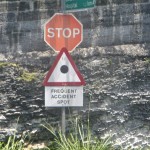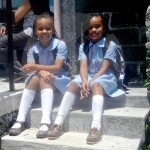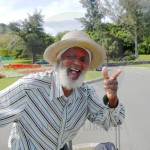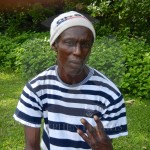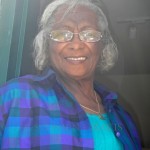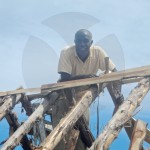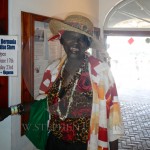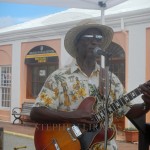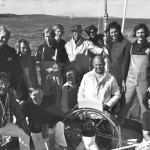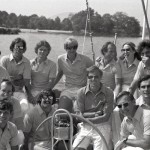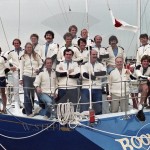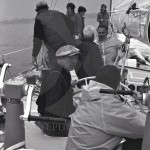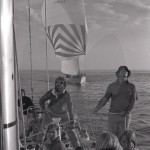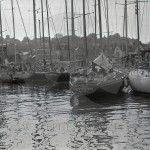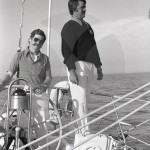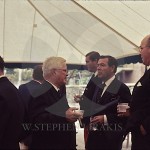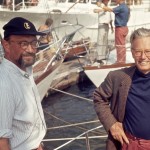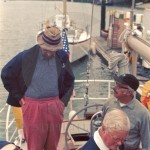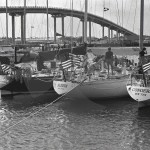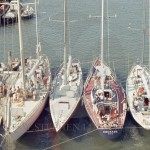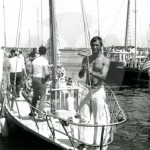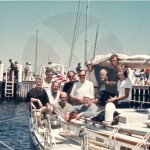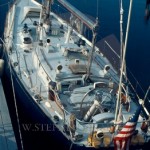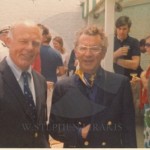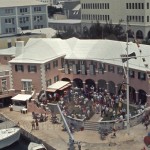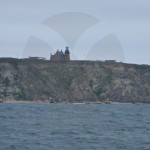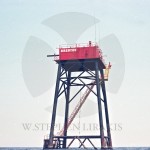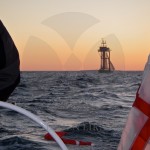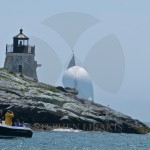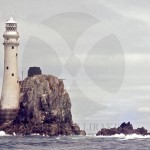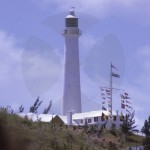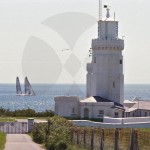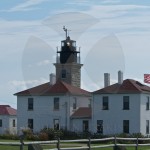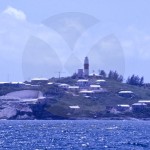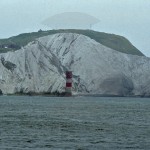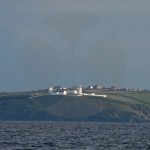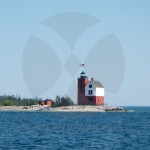While intended to help some struggling syndicates, the unprecedented move would also reduce the status and prestige of sailing’s marquee regatta, not to mention the sizzle generated when the 2013 America’s Cup was sailed in cutting-edge, 72-foot catamarans.
And it could be troublesome. Not all teams are believed to be in favor of going from plans to sail the 2017 America’s Cup in 62-foot catamarans to apparently sailing it in 45-foot catamarans.
A news release issued late Wednesday said the changes are being drafted and teams will be asked to vote before the end of March. Normally, a decision like this must be approved unanimously. It’s believed Italy’s Luna Rossa is against the change.
Harvey Schiller, the America’s Cup commercial commissioner, said in the news release that reducing the size of the boat was discussed last year, but only Oracle and Emirates Team New Zealand were in favor.
Now that teams have seen the new souped-up 45s on the water, “there is a clear majority of competitors who support the idea,” Schiller said. “I’d like to be able to say we have unanimous support from all the teams but that is not the case.”
Schiller did not return a phone call and email seeking further comment.
At the time Bermuda won the right to host the 2017 America’s Cup by pledging up to $77 million in financial support, plans called for the regatta to be sailed in 62-foot cats. That would reduce costs in part since they require fewer sailors. Some teams have already started designing their 62-foot catamarans.
If teams switch to 45-footers, that’s the same size boats used in warmup regattas prior to the 2013 America’s Cup and in warmup regattas this year and next. It’s also a foot longer than the minimum size allowed by the 19th century Deed of Gift.
Two-time defending champion Oracle Team USA, which is owned by Ellison, has blurred the traditional lines between the defender and challengers, so it wasn’t clear who initiated the latest talk of reducing the size of the boats. Despite being one of the world’s richest men, it’s believed that Ellison has grown weary of pumping hundreds of millions of dollars into the America’s Cup and wants it to become more self-sustaining.
But teams and the event authority have struggled to raise money. There’s been speculation that two of the current five foreign challengers could drop out because of the staggering cost of competing, which would leave an embarrassingly small field of three challengers like in 2013. Team Australia dropped out last summer, citing the high costs.
Skippers from three foreign challengers — Ben Ainslie Racing of Britain, Team France and Artemis Racing of Sweden — were quoted in the news release as being in favor of the move to a smaller boat.
Team France skipper Franck Cammas called it “a game-changer. We will be able to have a very competitive team for about half the budget.”
Ainslie and Artemis’ Iain Percy alluded to the change helping the future of the America’s cup.
However, neither Emirates Team New Zealand, whose stunning collapse in 2013 allowed Oracle to keep the Auld Mug, nor Luna Rossa were mentioned in the release.
A Luna Rossa spokesman didn’t immediately return an email seeking comment.
Team New Zealand boss Grant Dalton referred to a statement on the team’s Facebook page. That statement said the Kiwis suggested a reduction in boat size last year. “Since then time has passed with teams well advanced in their design process now and any ideas around change will need the full consultation and support of all the teams,” the statement said.
A smaller boat could save Team New Zealand. Struggling to raise money, the Kiwis could be forced to drop out if they don’t land a qualifying regatta in Auckland. European teams are known to be unhappy about the cost of shipping 62-foot catamarans halfway around the world to New Zealand. The 45-foot cats are easier to ship because they can be disassembled and loaded into containers.
Read more here: http://www.fresnobee.com/2015/03/25/4446961_americas-cup-organizers-want-smaller.html?rh=1#storylink=cpy

